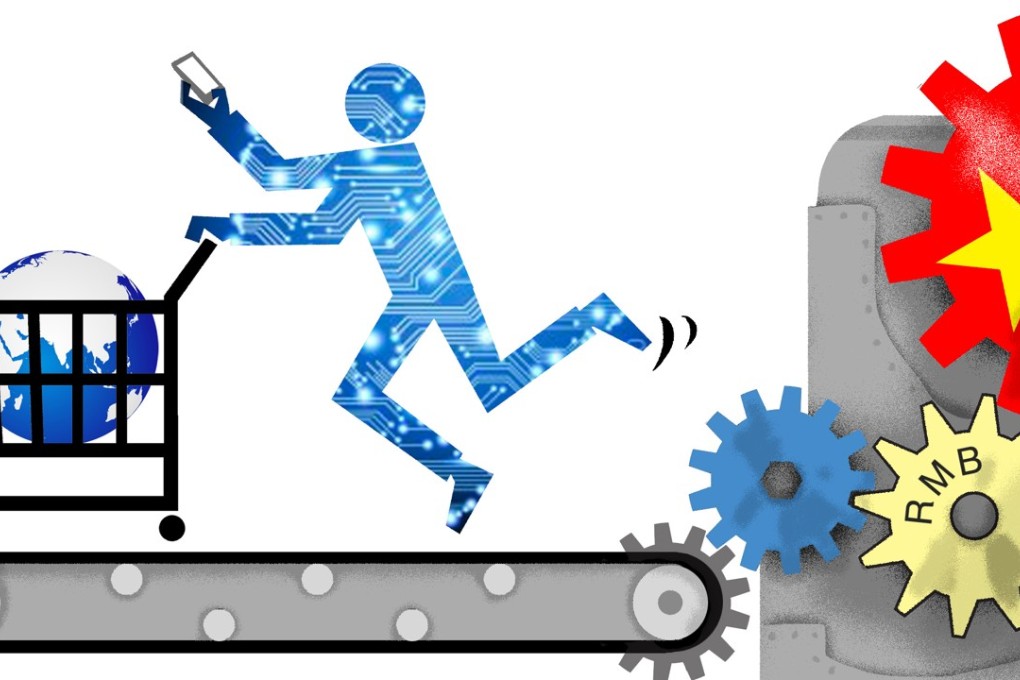How China’s can-do generation will be the engine of growth, both at home and globally
Helen Wong says armed with the wealth of the baby boomers and the tech savvy of the millennials, China’s young consumers are a formidable force that will transform China and power the world economy

In the 1950s and 1960s, the world economy was transformed by the emergence of the American consumer. Today, China’s rising “i-can” generation is in the driver’s seat.
China’s rapid social and economic transformation over the past three decades has given rise to a new age of consumer – the “I can do anything”, or “i-can” generation. Emboldened by years of economic growth, this generation is now empowered by the rising digital economy in China, represented by a new Taobao-WeChat digital purchasing and communication axis.
Essentially, China’s “i-cans” leapt from the pre-web era straight to the mobile internet, skipping the personal computer altogether. On the way, their e-commerce activity has created one of the world’s largest digital economies and is spawning a new generation of Chinese IT companies that are making their presence felt on the global stage.
Alibaba, Tencent included in Fortune Global 500 list for the first time
The demographic characteristics of the “i-can” generation are very unique: combining the features of the West’s baby boomers and millennials. What this means is that they have all the opportunity, optimism and wealth the baby boomers had, with all the modern technology at their fingertips.
They have a can-do attitude which is transforming the country’s society and economy
They are more globally minded than their parents. As products of the one-child policy, they have acquired a can-do attitude which is now transforming the country’s society and economy. This new generation is also worldlier, entrepreneurial, individualistic, open-minded and willing to spend.
The “i-can” cohort represents more than 400 million people, or almost a third of China’s population and more than the working populations of the US and Western Europe combined. This new generation is expected to drive 65 per cent of consumption growth in China until 2020, when they will make up around 53 per cent of total consumption spending, up from 45 per cent in 2016.

Their combined economic power is represented by a few statistics. The number of internet users in China is more than 730 million, as big as the total population of the EU, or twice the population of the US. More than 95 per cent of these digital “i-cans” are connected via their smartphones – roughly half a billion use their smartphones to make payments; more than 200 million use them to order food takeaways.
On Singles’ Day last year alone, the “i-cans” spent US$17.8 billion – more than America’s Thanksgiving, Black Friday and Cyber Monday combined in the previous year.
